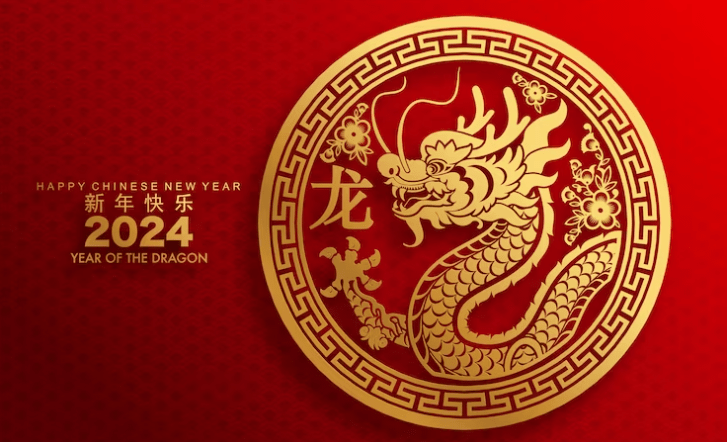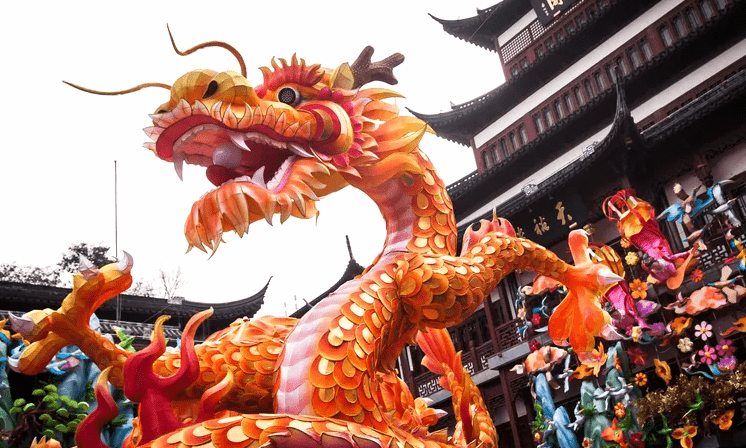Each civilization has its own customs, legends, and cosmological views. The older the civilization is, the richer the cultural heritage it has. Immemorial legends and ancient customs have always attracted the attention of intelligent people.
As you know, the culture of eastern countries is very rich. Fortunately, the people of the Middle and Far East carefully preserved and handed over their cultural heritage to the present day.

We would like to tell you about Chinese New Year, the most respected holiday in East Asia. It is called Chun Jie, like a Spring Festival. Since ancient times, Chinese New Year has been the main and longest holiday in China and some other East Asian countries. The date of commencement of the celebrations is based on the moon phase cycles and matches the first new moon in the new calendar year. Therefore, the Spring Festival is also called the Lunar New Year. According to the Chinese calendar, the first day of the Spring Festival is the beginning of the next year.
In China, each year has its own character. There are 12 characters in a zodiacal cycle. Each of them has its own value and determines the nature of the coming year. February 10, 2024, the Chinese start their traditional New Year Festival under the sign of the Wood Dragon. As a symbol, the Dragon represents a multifaceted personality deeply ingrained in Chinese culture. It embodies power, boundless energy, and vitality, reflecting its role as a dynamic and goal-oriented leader. However, Dragons are not just pragmatic; they are also infused with idealism and a touch of romance, making them visionary figures. Chinese mythology regards Dragons as benevolent rulers who exude confidence, generosity, and ambition. They are known for their lofty ideals, often dedicated to the welfare of their community. Their confidence is grounded in a strong sense of self and unwavering convictions, making them resolute individuals.
According to ancient tradition, the Chinese celebrate the holiday for 15 days, and many interesting events occur during this time. The emergence of this holiday is lost in prehistoric times, and now we can only guess the preconditions of it. But we know a few legends that describe the Spring Festival. We will be happy to share them with you shortly.
The first legend says that a huge and powerful monster Nian comes out of the sea on New Year’s night. The monster devours every living thing in its path. The ancient Chinese were very afraid of him, so on New Year’s Eve, the families locked themselves in their homes. They prayed and waited there till morning came. It was the only way to save their lives. In the morning, the Chinese go outside to see the damage caused by Nian and to check on their neighbors. This disaster went on until the Chinese realized that Nian was afraid of red color, loud noises, and bright lights. Once upon a time, Nian came and destroyed the whole village. Only one family survived because their clothes were red. This discovery has contributed to the emergence of the custom of celebrating the New Year wearing red attires and exploding fireworks and firecrackers on the first day of the holiday. This custom has been retained to the present day and spread to many other countries. By the way, we also have an article about Chinese New Year customs and traditions, and you can read it here.

The second legend says that evil spirits banished from around the world are scouring the earth looking for a new home on New Year’s Eve. Yet bright flashes and loud explosions make the spirits afraid and protect homes from unexpected guests. By the way, in ancient times, instead of modern firecrackers, bamboo sticks were used. They were thrown into the fire. It made an odd crackling sound vaguely reminiscent of fireworks.
Perhaps both of these legends are two different versions of the same events and the same characters. Perhaps Nian symbolizes evil spirits or vice versa. But as you can see, the ancient Chinese had good reason to celebrate the Spring Festival, just as they do it up to now. A 15-day-long procession is a pretty fair solution to celebrate such a significant victory over the dark forces!
The sages say that the source of national strength lies in its traditions and customs. Perhaps every modern nation must learn this positive feature.
And we wish you a prosperous life in the new year and let every day be like a holiday for you.
Thank you for being with us.
Parcel Up Team.